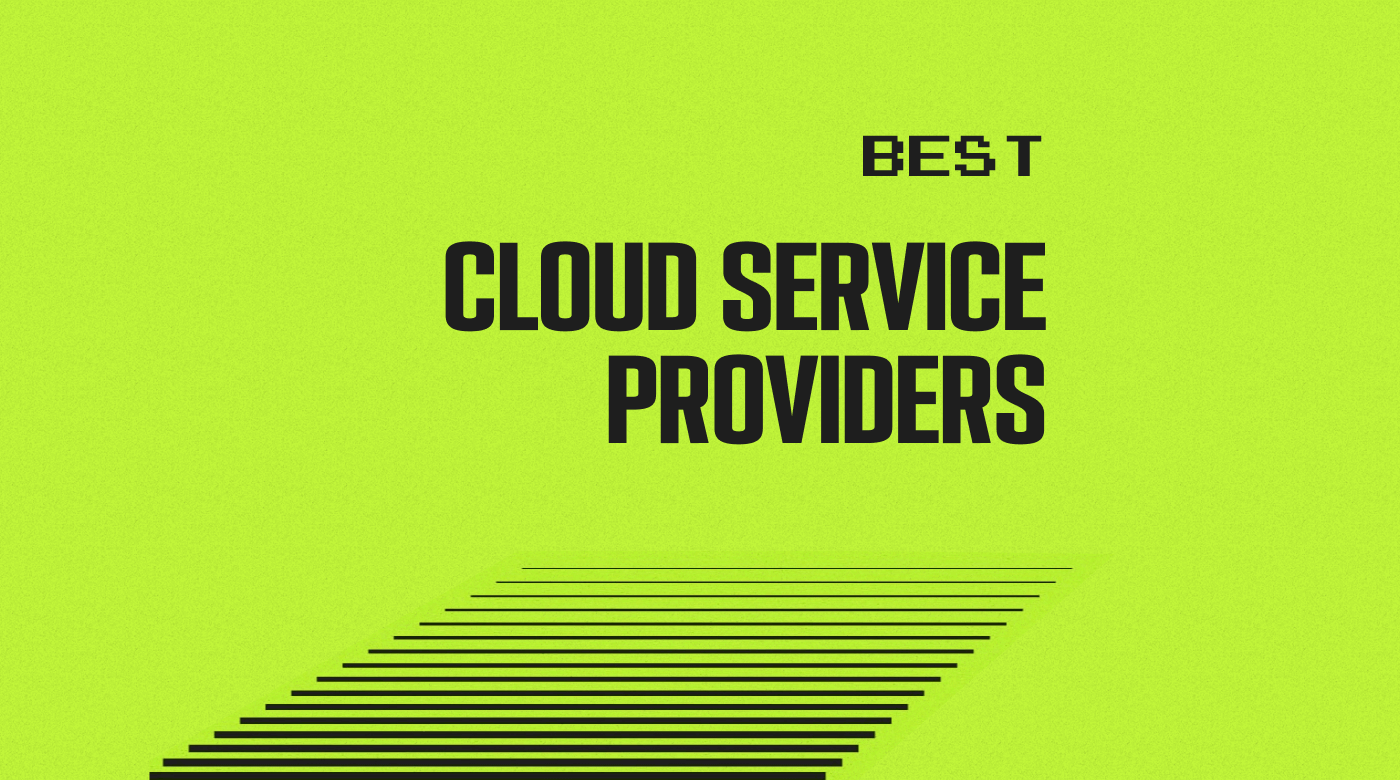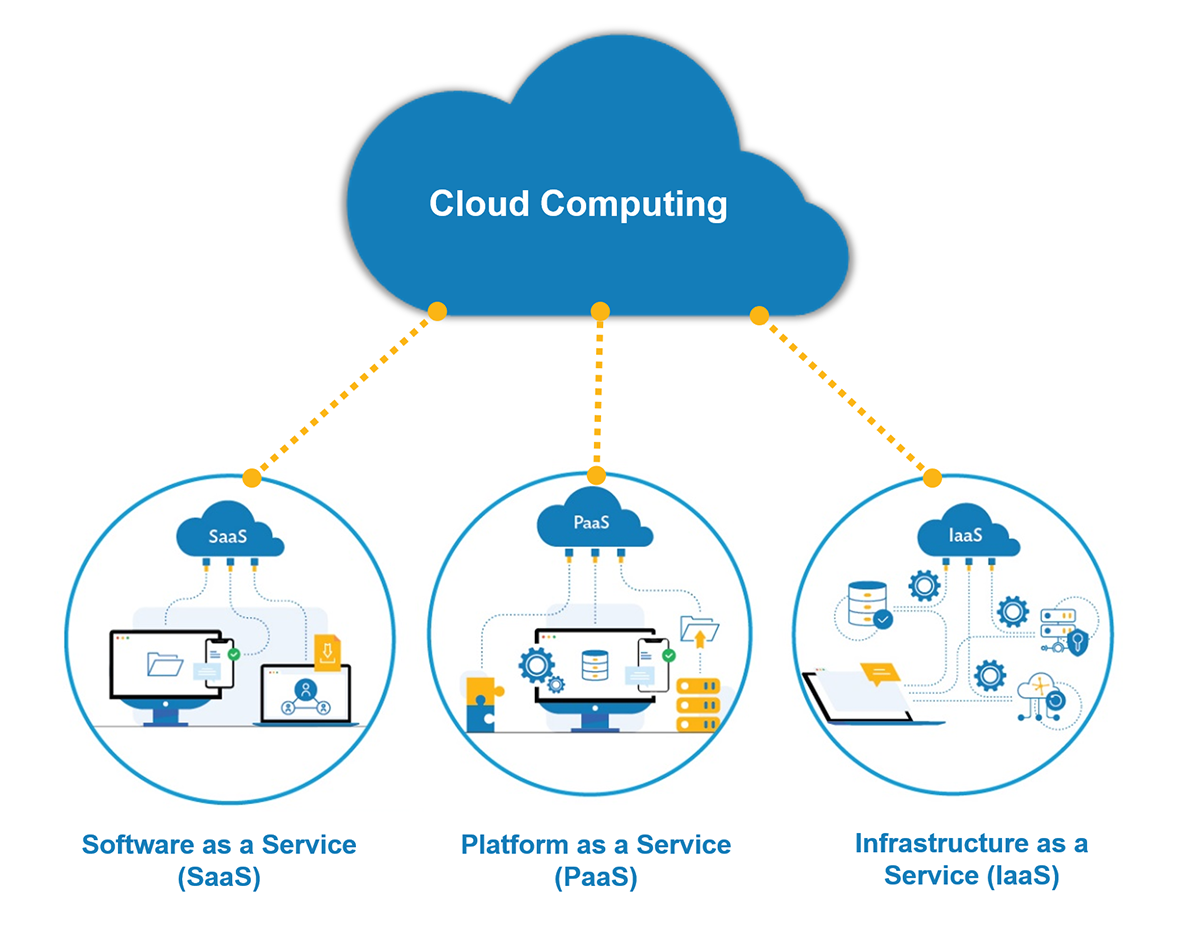Simplifying Operations and Processes With Cloud Services Automation
In today's rapidly advancing electronic landscape, organizations are regularly looking for means to streamline their operations and enhance effectiveness. One remedy that has acquired considerable grip is the adoption of cloud solutions automation. By leveraging automated processes in the cloud, organizations can simplify complex process, increase efficiency, and minimize hand-operated mistakes. However, the benefits of cloud services automation expand far past simple efficiency gains. Keep tuned to explore exactly how this transformative modern technology can reinvent the method organizations operate, collaborate, and secure their data.
Advantages of Cloud Solutions Automation
Cloud solutions automation uses considerable benefits for organizations looking for to enhance procedures and boost efficiency in their digital infrastructure. Among the key benefits of cloud solutions automation is the ability to enhance dexterity and scalability within an organization. By automating numerous jobs such as provisioning, arrangement, and monitoring of cloud sources, businesses can respond extra quickly to transforming needs and scale their procedures extra efficiently.
Moreover, cloud services automation helps in lowering human errors that can take place during hand-operated processes - universal cloud Service. Automated process guarantee uniformity and accuracy in the release and administration of cloud solutions, eventually leading to boosted integrity of digital systems. This, subsequently, boosts overall operational efficiency and minimizes downtime because of errors
Furthermore, cloud solutions automation allows cost savings by enhancing resource utilization and lowering the requirement for manual intervention. By automating routine jobs, organizations can reapportion human resources to much more strategic campaigns, driving development and competition on the market. Generally, the advantages of cloud services automation are important in improving business operations and accomplishing lasting growth in the digital age.
Implementing Cloud Automation Equipment
Structure on the benefits highlighted in the previous conversation, the execution of automation devices in cloud services enhances operational effectiveness and maximizes source usage within companies. When applying cloud automation tools, it is essential to very first analyze the particular demands and objectives of the organization to line up the automation strategy with the general business purposes. This involves recognizing repeated tasks, hands-on procedures, and bottlenecks that can be automated to simplify procedures.

Furthermore, organizations should invest in training and upskilling their labor force to effectively make use of the cloud automation devices and optimize their benefits. Continuous monitoring, analysis, and optimization of the automation procedures are also essential to guarantee continuous efficiency and effectiveness in achieving service purposes. By thoughtfully executing cloud automation tools, organizations can drive innovation, improve dexterity, and remain affordable in today's swiftly progressing electronic landscape.
Enhancing Partnership With Cloud Automation
Enhancing cooperation with the calculated application of automation devices in cloud services promotes collaborating relationships among group members and stakeholders, ultimately driving performance and development in business workflows. By leveraging cloud automation for collaboration, teams can simplify interaction, share real-time updates, and collectively function web link on tasks regardless of geographical locations. Cloud automation devices promote seamless integration of jobs and data, allowing staff member to access details without delay and add concurrently to projects. Cloud automation improves exposure and transparency, as team participants can track progress, determine traffic jams, and assign sources efficiently. This openness promotes liability and motivates a society of team effort and teamwork. Furthermore, automation lowers hands-on errors, accelerates decision-making processes, and maximizes time for employee to concentrate on high-value jobs. Eventually, boosting partnership through cloud automation brings about enhanced productivity, faster task distribution, and an extra ingenious and active business society.
Safety And Security Considerations in Cloud Automation

Additionally, constant tracking and auditing of cloud automation procedures are necessary to discover any anomalies or questionable tasks promptly. Routine safety and security evaluations and infiltration screening can help determine vulnerabilities prior to they are made use of by destructive actors. It is likewise critical to develop clear plans and procedures pertaining to information handling, gain access to control, and event response to keep a safe cloud atmosphere.
Cooperation with seasoned cloud safety experts and leveraging advanced protection tools can further boost the security of sensitive information and enhance safety and security management in cloud automation process. why not try these out By prioritizing protection factors to consider, companies can optimize the benefits of cloud automation while guarding their useful assets from possible dangers.
Measuring Success in Cloud Automation
Achieving quantifiable results and evaluating efficiency metrics are essential elements of assessing the performance of cloud automation implementations within companies. By specifying key efficiency signs (KPIs) ahead of time, organizations can track development and identify the effect of cloud automation on their procedures. Metrics such as expense financial savings, time-to-market, resource use, and mistake reduction can provide beneficial insights into the success of cloud automation campaigns.
One essential element of gauging success in cloud automation is aligning KPIs with the organization's general objectives and objectives. This makes sure that the metrics being tracked straight contribute to calculated end results. Frequently monitoring these KPIs enables organizations to adjust and optimize their cloud automation processes constantly.
In addition, feedback from stakeholders whatsoever levels of the organization can use valuable perspectives on the efficiency of cloud automation remedies. By integrating this comments right into efficiency evaluations, businesses can make educated decisions to drive effectiveness and advancement via cloud automation. Ultimately, measuring success in cloud automation requires a holistic approach that thinks about both quantitative metrics and qualitative feedback to gauge the complete influence of automation campaigns.
Conclusion
In conclusion, cloud solutions automation uses many advantages such as enhanced efficiency, price financial savings, and boosted cooperation. Carrying out cloud automation tools can streamline processes and workflows, resulting in enhanced performance. When making use of cloud automation to shield delicate data, it is important to take into consideration protection steps. By measuring success metrics, companies Get the facts can guarantee that their cloud automation efforts are supplying the preferred outcomes. Generally, cloud automation is an important device for simplifying jobs and enhancing procedures.

As organizations welcome the efficiencies and joint advantages of automation devices in cloud solutions, dealing with safety factors to consider becomes paramount to safeguard delicate data and mitigate possible risks - Cloud Services. Inevitably, measuring success in cloud automation calls for a holistic strategy that thinks about both measurable metrics and qualitative feedback to determine the full effect of automation campaigns